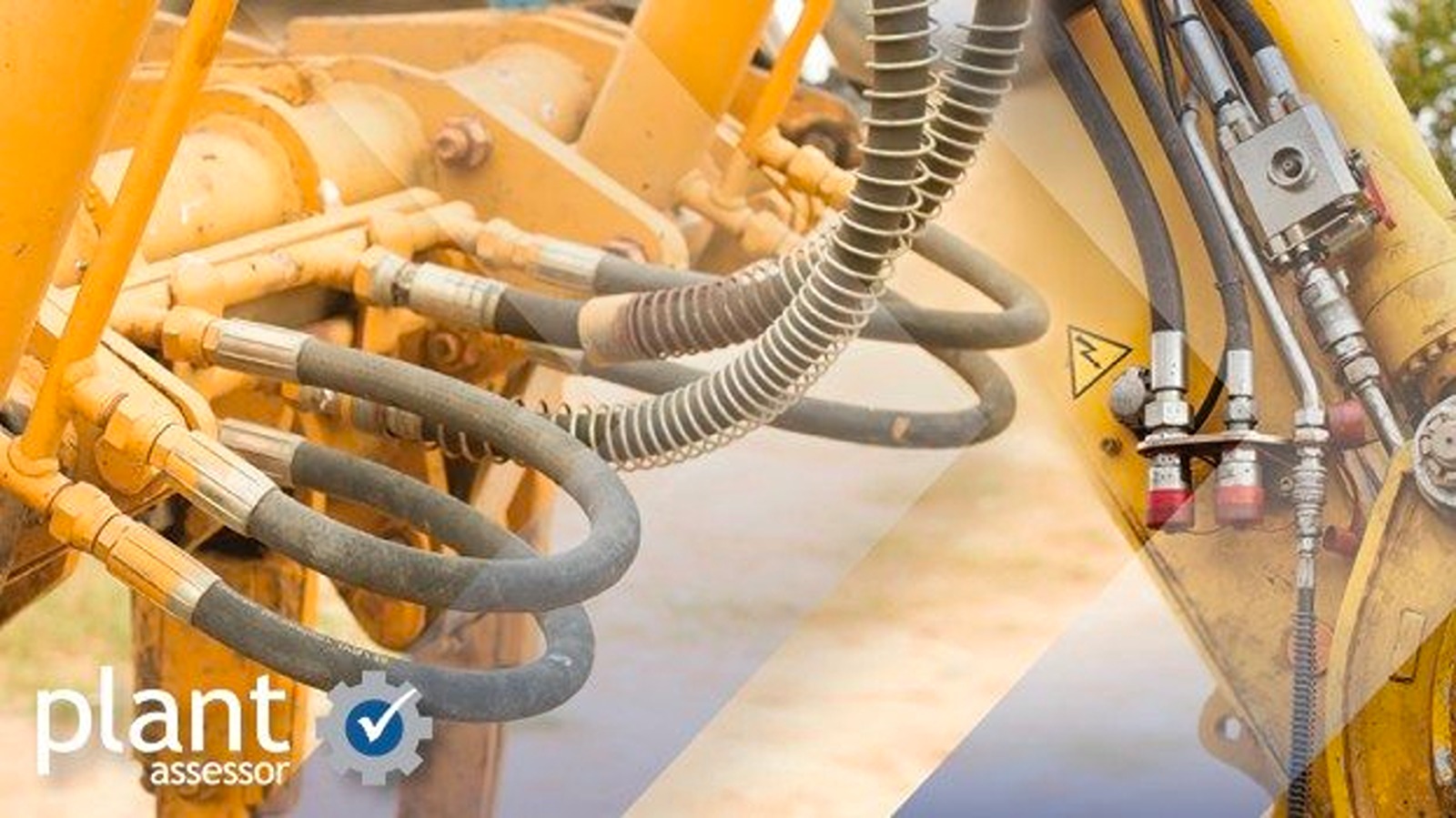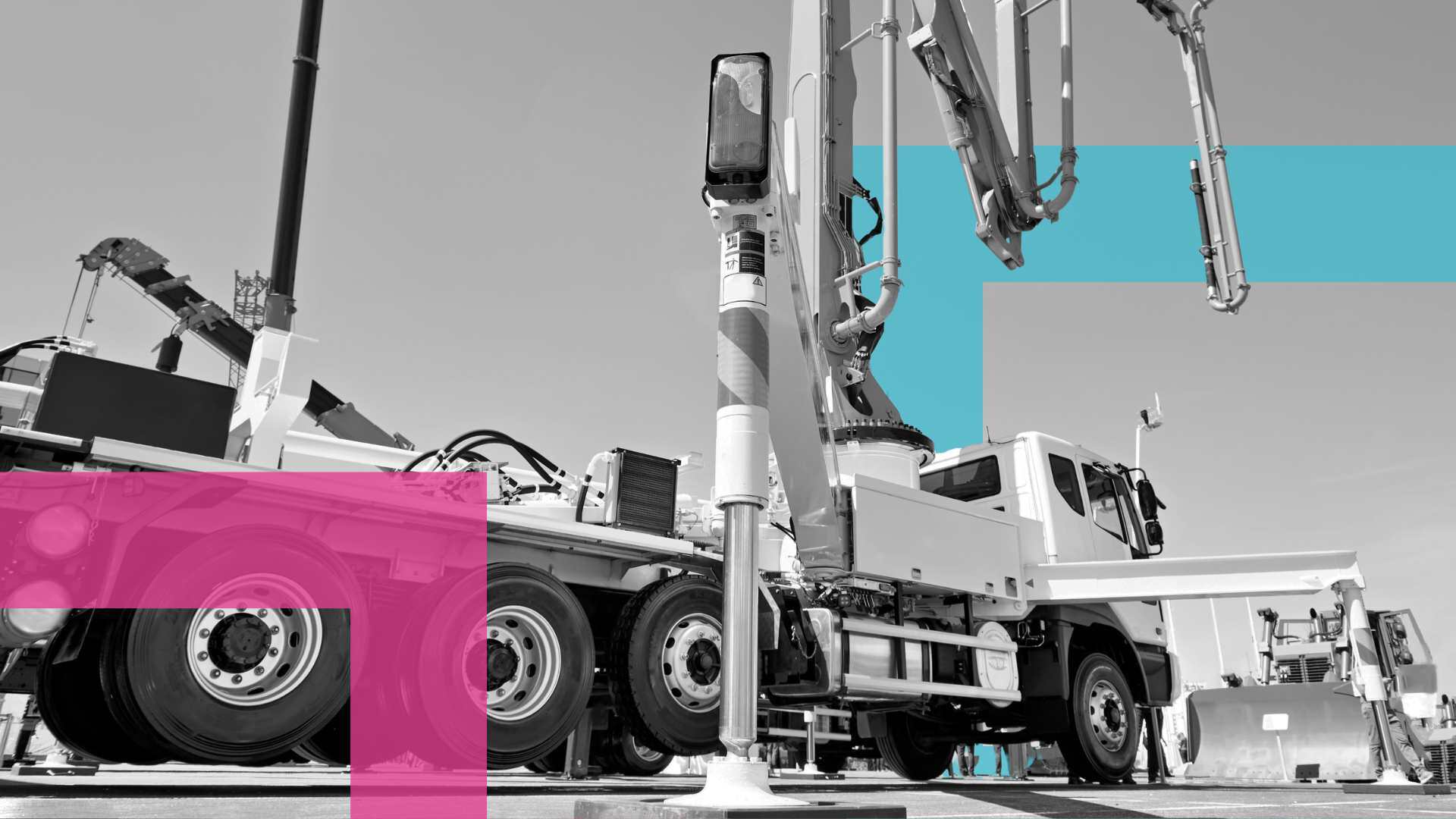Pre Start Plus rebranded to Ideagen Asset Guard
Ideagen Plant Assessor is pleased to announce the rebrand of its flagship pre-start app, Pre Start Plus, to Asset Guard. This rebrand aligns with...
|
|
Machinery Pre Starts
|
|
|
Risk Management &
|
|
|
Document Management
|
|
|
Dashboards & Reporting
|
|
|
Machinery Risk Assessments
|
|
|
Service & Maintenance
|
|
|
Safe Operating Procedures
|
|
|
MySite
|
|
|
View All Features |
Case Studies
Hear from our clients
Events
Find us at industry events
Guides
Find industry-specific guides
Learn
Educational content
News & Articles
Industry news and articles
Safety Legislation
We keep up with safety legislation
so you don't have to
Videos
Find overviews and informative
videos here
Webinars
View upcoming and on-demand webinars
Promotions
See our current promotions
FAQ
All of our frequently asked questions
Help Centre
How to use our software
View a Demo
Let us walk you through Ideagen Plant Assessor features
Release Centre
Product updates and release information
4 min read
![]() Ideagen Plant Assessor
:
February 2016
Ideagen Plant Assessor
:
February 2016

The development of hydraulic machinery was accelerated by World War 2 after engineers discovered the size, weight and self-lubricating nature of hydraulics made them preferable to traditional gear driven components and incorporated them into various military machines.
Ongoing advances of flexible hydraulic hoses in the following few decades led to further development of a wide range of new, high-powered machines which incorporated hydraulic technology.
There are many advantages of hydraulic power – hydraulic machines generate powerful, low speed torque that allows the operator to manage speed and movement with extreme accuracy. A single hydraulic pump can power many different machine functions at varying power levels at the same time. Hydraulic powered machines can also operate safely in high risk areas where there is flammable dust or vapour.
In simple terms, a hydraulic hose uses the transfer of fluid to transmit force. Fluids transmit force effectively because they don’t compress … force applied at one end of a hydraulic hose travels to the opposite end with little loss of power.
Hydraulic hoses consist of four basic parts – an inner tube which carries the fluid which is typically reinforced with a sheath of wire or textile encased in another outer layer that provides protection from weather, abrasion or chemicals and the steel fittings that connect the hose to the machine or attachment.
Hydraulic hoses are often custom-made for specific applications. In most cases, hydraulic hoses are designed to be a certain size, length and thickness and have customised connectors that attach them to the relevant component of the machine.
Every hose has a specific rating for the type of fluid they are designed to carry, working temperature ranges and pressure limits. Usually they are printed on the hose or fittings.
Hydraulic hose safety
Over the past five years there have been nearly three times as many workplace incidents in Australia linked to hydraulic pressure than incidents involving electric shocks!
Because hydraulic systems tend to run at very high pressures and temperatures, hydraulic hoses pose hazards associated with heat and stored energy as well as crush hazards such as falling loads if a hydraulic system fails. If a hydraulic hose or hose fitting does fail, the major potential risks are:
1. Injection injury
Injection injuries occur when a jet of hydraulic fluid pierces the skin and enters the blood stream.
This generally occurs at close range and requires the fluid to be under pressure. Injection injuries are a potential hazard on machines where the hydraulic hoses run in close proximity to the operator, such as on a vehicle-loading crane, and to an operator or maintenance professional conducting maintenance or inspecting leaks anywhere on a machine whilst the system is pressurised.
Due to the toxicity of most hydraulic fluids, this type of injury requires immediate treatment and may result in the need for multiple debridement operations and potential amputation, or worse.
The consequences of a hydraulic injection injury are substantial, a factor which needs to be taken into account when considering risks and controls as part of a risk assessment.
2. Burns
A hose burst resulting in the release of hydraulic fluid may cause burns to both the operator and bystanders in the immediate vicinity. Containing a fluid burst is especially important in these situations. When assessing the risk, the proximity of operators, as well as bystanders should always be considered.
3. Whiplash/Striking
Whiplash occurs when an unrestrained hose fails and the hose moves rapidly (whips) back and forth until the hydraulic energy is fully released. The whipping hose not only increases the likelihood of contact with hot hydraulic fluid but the hose itself can also cause striking injuries, including concussions, lacerations and broken bones.
The most common point for failure in a hydraulic hose is at the fitting, where corrosion and stress related damage is most likely to occur.
Checking hose and fitting quality is really important
All hydraulic hoses have a limited lifespan and this can be influenced by a variety of factors including over flexing, twisting, kinking, stretching, crushing or compromising the links or surface. Sharp changes in operating temperatures can also compromise hoses as will sudden variances in internal pressure.
Using the wrong size, type or weight of hose can also cause it to break down. Hoses should be replaced before they fail especially if they are being used on heavy machinery, in braking systems or on safety critical machines. Old or damaged hoses often show swelling, cracking, blisters or bubbles when worn but may show virtually no signs at all.
The current Australian Standard for Safety of Machinery (AS4024.1201:2014 clause 6.2.10 Pneumatic and Hydraulic Hazards) states that pneumatic and hydraulic equipment shall be designed so that no hazardous fluid jet or sudden hazardous movement of the hose (whiplash) results from leakage or component failures. Safe Work Australia specifically includes High Pressure Fluid in the Hazards Checklist in the “Managing Risks of Plant in the Work Place Code of Practice”.
Plant Assessor can help with inspection of hydraulic hoses
Hydraulic hose safety is an important facet of the plant risk assessment process and Plant Assessor includes the following questions for any item of plant that has a hydraulic systems:
Does this item of plant have hydraulic hoses?
Are all hydraulic hoses and fittings free from damage and protected from damage at all points where the hoses come into contact with the plant structure?
Are all hydraulic hoses and fittings located or shielded to protect the operator from injury due to fluid jet or movement (whiplash) of the hose as a result of leakage or component failure?
Assessors need to answer these questions and capture suitable comments and photos in the event that a deficiency needs to be further identified, examined and rectified.
Question 1 is straight-forward: the item of plant either does or does not have hydraulic hoses. There is no remedial action required if the answer is ‘No’ and questions 2 and 3 can be answered as N/A.
When answering Question 2, the assessor needs to consider the following:
The age of the hoses
Condition of the hose fittings
Rub marks in the paint work on the machine from hose contact
Wear to the external rubber coating and exposed steel braiding
Presence of shielding, sheathing or protection such as steel springs
The existence of hydraulic leaks
As usual, when conducting an inspection, assessors should err on the side of caution and, where warranted, take and upload photos and make relevant comments in the risk assessment report.

When answering Question 3 the assessor needs to consider the following:
The location of the operator and bystanders during normal operation
The distance between hose fixings (including hose fittings) to determine how far the hose can whiplash if a catastrophic failure occurs. This will give an indication as to the minimum distance at which the operator or bystanders are at risk of a whiplash injury
The presence of shielding and sheathing
The presence of restraining clamps
At Plant Assessor, we are focused on helping people take control of their machinery safety, and are only too happy to help you consider how best to manage risks associated with hydraulics and any other aspects of your machinery.
For more information on Plant Assessor, please contact us.
Disclaimer: This information is intended to provide general information on the subject matter. This is not intended as legal or expert advice for your specific situation. You should seek professional advice before acting or relying on the content of this information.

Ideagen Plant Assessor is pleased to announce the rebrand of its flagship pre-start app, Pre Start Plus, to Asset Guard. This rebrand aligns with...

Many businesses operating machinery still rely on traditional paper pre start books for daily machinery checks. While these booklets serve their...

A concrete company based in Melbourne has been convicted and fined $30,000 after an incident involving a concrete pump resulted in a worker’s hand...